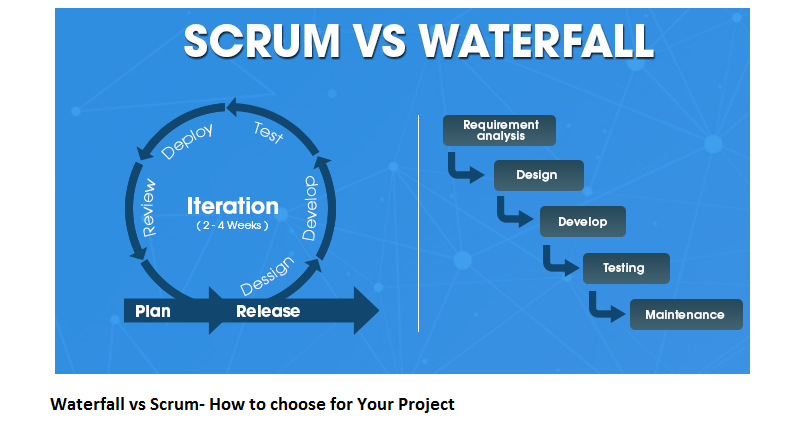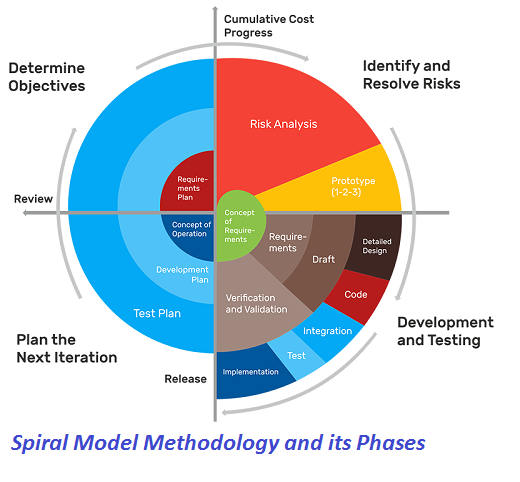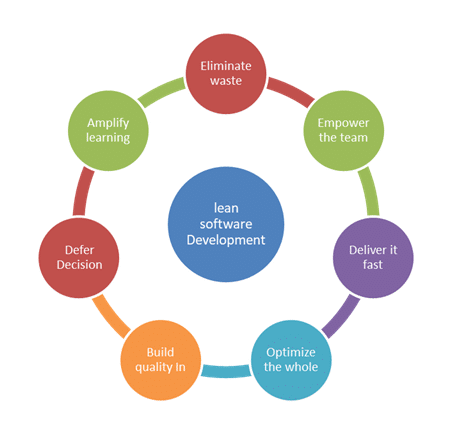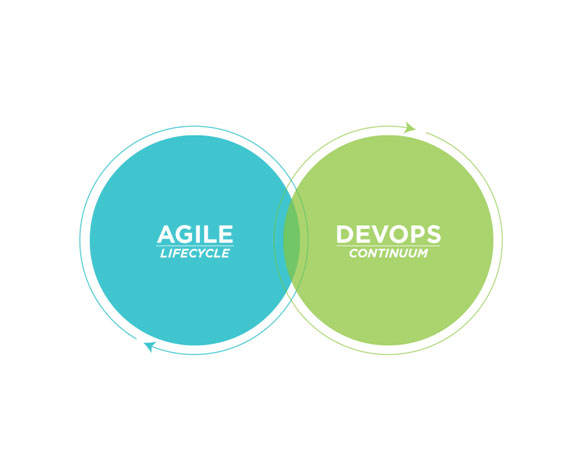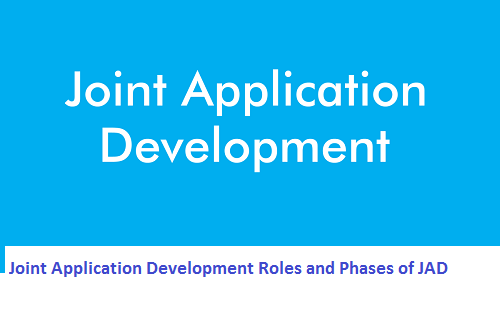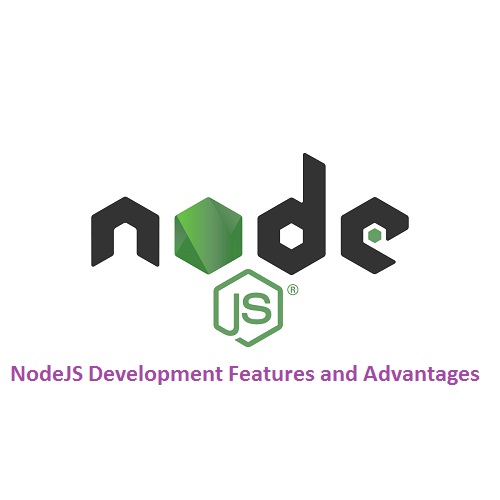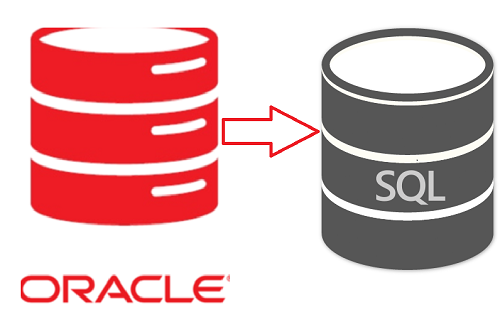 Oracle and SQL
Oracle and SQL
A lot of Oracle customers are concerned about being locked into a single vendor with high licensing costs. Very often they realize this situation when the time to upgrade or modernize their environment comes.
Microsoft SQL Server cut down its costs by consolidating databases, allocating resources, compressing data, virtualizing servers more effectively, and managing policies. We can utilize SQL Server’s self-service business intelligence capabilities. As a result, this provides end-users with the ability to create their ad-hoc reporting. So, organizations can significantly reduce their dependence on IT.
Using Microsoft SQL Server (SSMA), we can help Oracle customers achieve the performance, scale, and security that their applications require while keeping costs in control.
Why should an organization shift from Oracle to SQL Server?
The fact is that Oracle requires a major investment. An individual that has embraced this technology also understands the size of the impression throughout their technology stack it probably has. Nobody buys Oracle licensing for small or even medium organizations. Comparing SQL Server Enterprise’s total price to Oracle’s price is a big difference. The reason is quite simple. An enormous number of mid and large-sized organizations currently utilize Oracle database as part of their overall IT stack. Many of these organizations are still using the on-premise database version. As the size of organizational data increases, their database ecosystem begins to get expanded, requiring better management, higher storage, and processing power which unfortunately increases the overall cost. With this high data volume, many companies find it difficult to maintain their databases at optimum costs while addressing the growing complexity.
Just the once organizations recognize and buy into the benefits of migrating enterprise applications to the cloud, they then need to evaluate which platforms make the most sense for future growth. In a nutshell, they need a platform that will provide improved performance and operational benefits at an optimized cost structure. Two of the major alternatives to Oracle on-premise databases are migrating to Oracle Cloud or Microsoft SQL server (hosted in Azure cloud or on-premise).
SQL Server Migration Assistant (SSMA) Migration Steps:
SQL Server Migration Assistant (SSMA) for Oracle helps you convert Oracle database schemas to SQL Server schemas. SSMA upload the resulting schemas into SQL Server and migrate data from Oracle to SQL Server. In these steps, we can see how the installation process, and then also it will help to familiarize you with the SSMA user interface.
Oracle SSMA (SQL Server Migration Assistant) is a complete environment that helps you quickly migrate Oracle databases to SQL Server, Azure SQL Data Warehouse or Azure SQL DB. By using SQL Server Migration Assistant for Oracle, you can evaluate database objects and data, assess databases for migration, migrate database objects to SQL Server, Azure SQL DB, or Azure SQL Data Warehouse, and then migrate data to SQL Server, Azure SQL Data Warehouse or Azure SQL DB. Remind that you cannot migrate SYS and SYSTEM Oracle schemas.
To successfully migrate objects and data from Oracle databases to SQL Server, Azure SQL DB, or Azure SQL Data Warehouse, use the following steps:
Step 1:- Create a new SSMA project: After you create the project, you can set project conversion, migration, and type mapping options. To know project settings, see Setting Project Options (OracleToSQL) and know about how to customize data type mappings, see Mapping Oracle and SQL Server Data Types (OracleToSQL).
Step 2:- Connect to the Oracle database server.
Step 3:-Connect to an instance of SQL Server.
Step 4:- Map Oracle database schemas to SQL Server database schemas.
Step 5:- Optionally, Create assessment reports to assess database objects for conversion and estimate the conversion time.
Step 6:-Convert Oracle database schemas into SQL Server schemas.
Step 7:- Load the converted database objects into SQL Server. You can do this by saving a script and run it in SQL Server and synchronize the database objects.
Step 8:- Migrate data to SQL Server.
Step 9:- If necessary, update database applications.
Migration from Oracle to Microsoft SQL can be a smooth venture if you have expertise in both databases. A well-made migration plan that includes the considerations given above will help minimize potential issues during and post-migration.
If you need support from a partner who has done similar Oracle to SQL migrations, a sovereign team of experts can help. We have guided various clients through the considerations referenced above to execute seamless migrations from Oracle to MS SQL.

